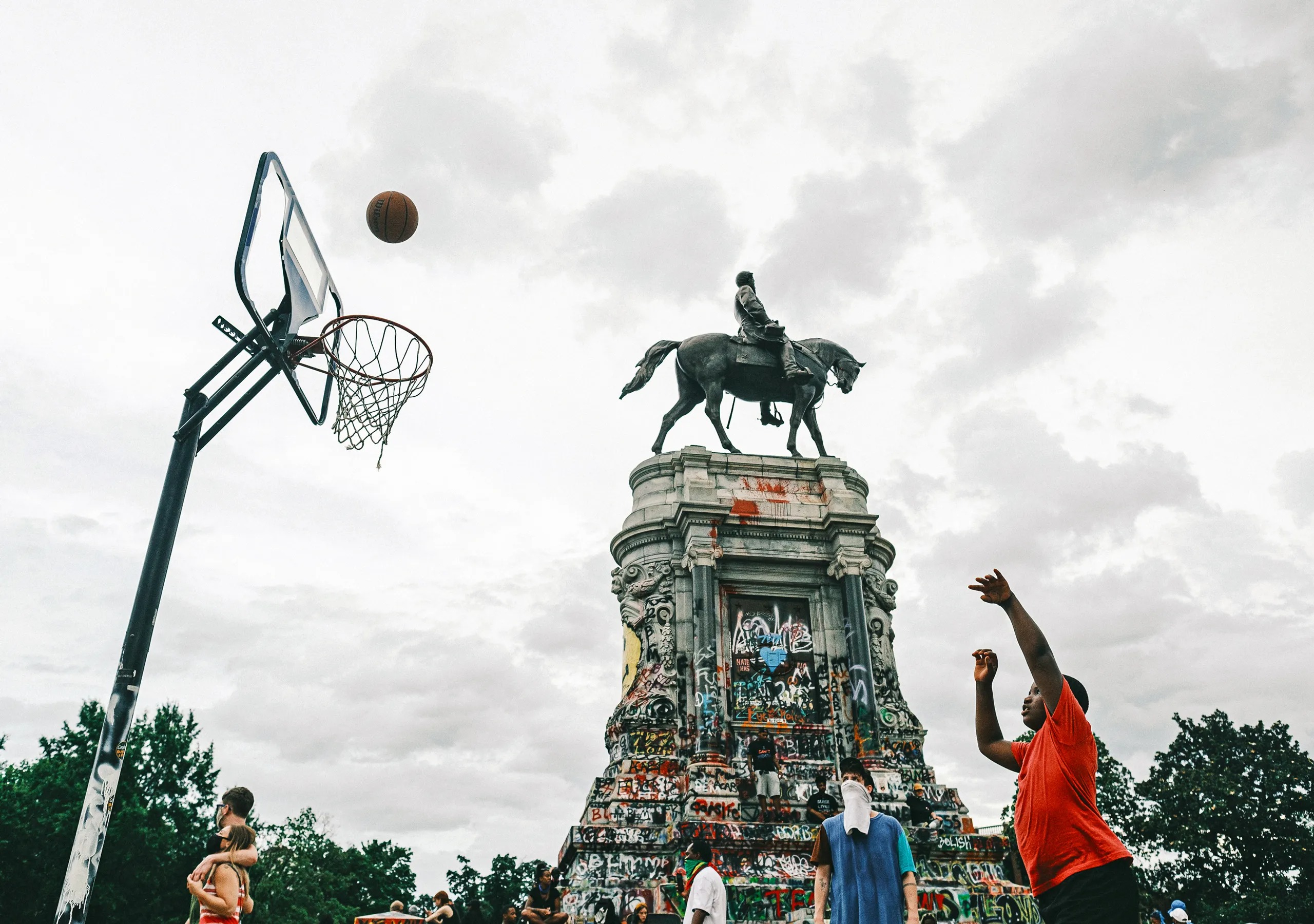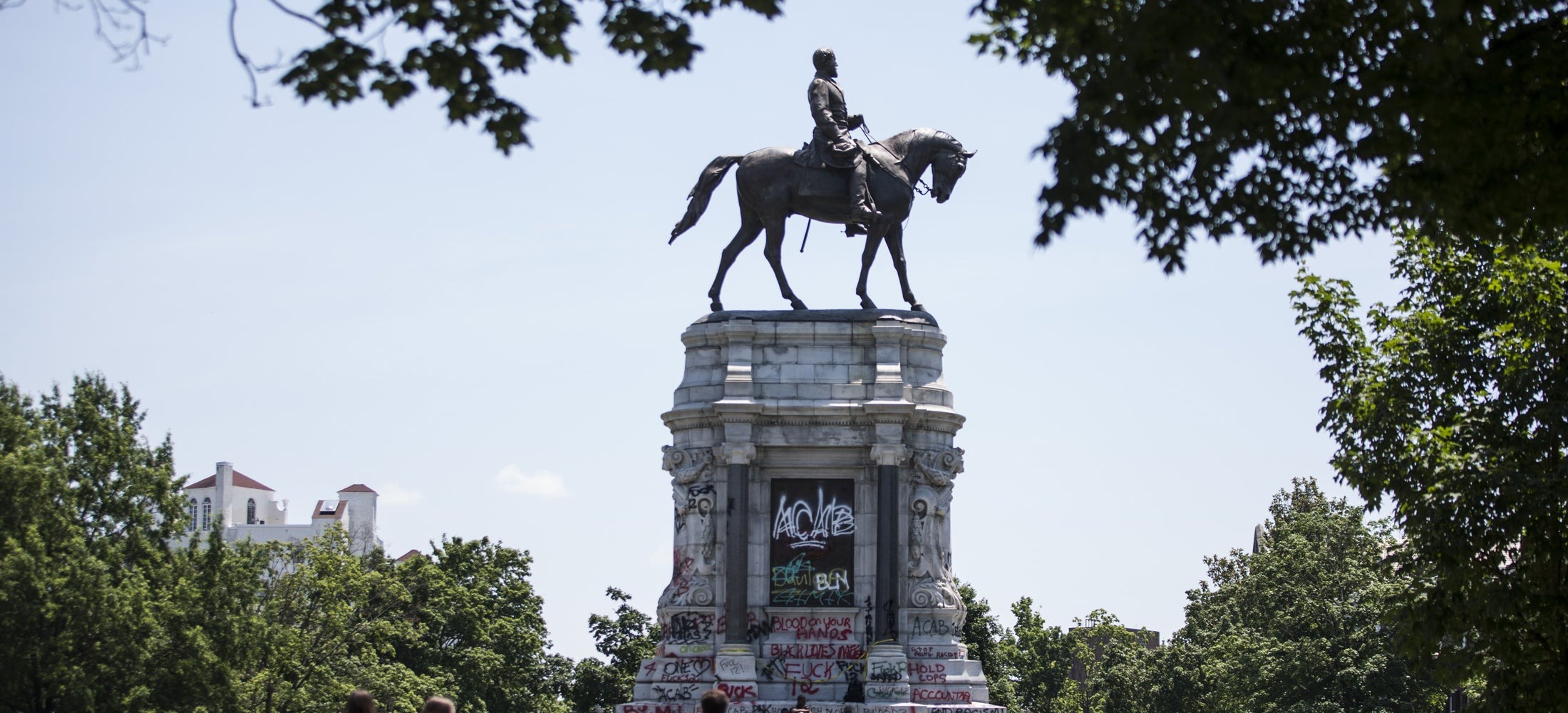In a solemn ceremony at the University of Pennsylvania, 19 individuals were commemorated on Saturday morning.
Their identities were shrouded in obscurity, with minimal information available about their lives—fading names and mere fragments of details, such as spending their twilight years in poverty or grappling with dental issues.
These individuals, who had passed away over a century ago, belonged to the Black community and were primarily remembered through the remnants of their skulls. Even the limited information available about them has been the subject of debate.

Philadelphia Museum (Credits: The New Yorker)
However, the focus of discussion extended beyond the individuals being remembered to the circumstances leading to this memorial service.
The Reverend Jesse Wendell Mapson, a local pastor actively involved in organizing the commemoration and burial of the 19, emphasized that this moment was not devoid of pain, discomfort, and tension. This sentiment resonated universally.
The University of Pennsylvania Museum of Archaeology and Anthropology, akin to cultural and research institutions globally, has been confronted with the weight of a legacy marked by plunder.
The institution is grappling with the ethical dilemma of how to address artifacts and, notably, human remains collected without consent, often without the knowledge of the affected individuals and communities.
This ongoing struggle has prompted a reevaluation of practices and a commitment to rectify historical wrongs.























